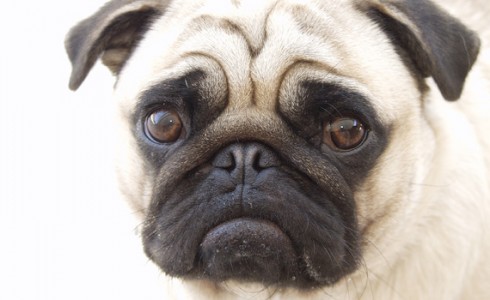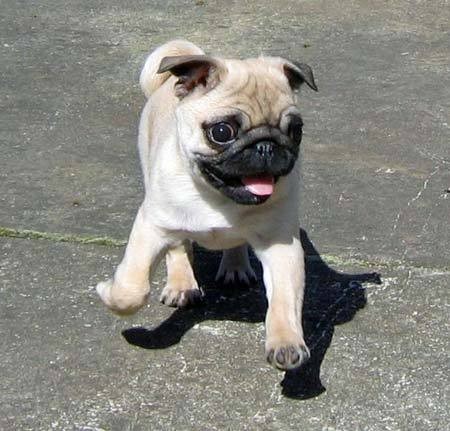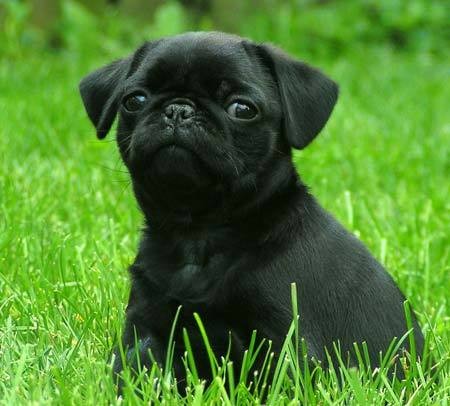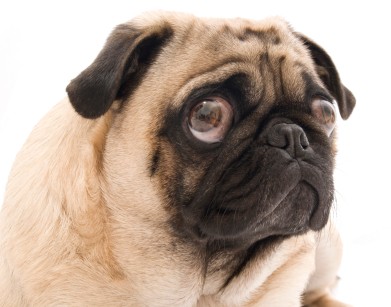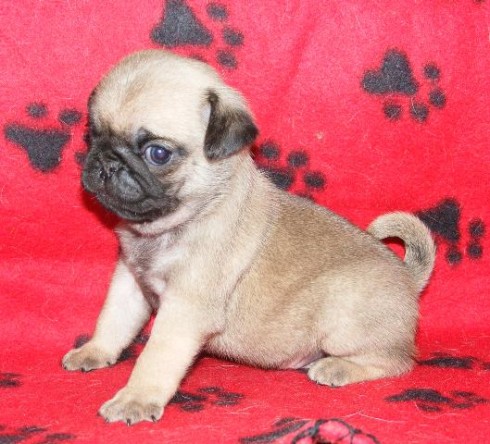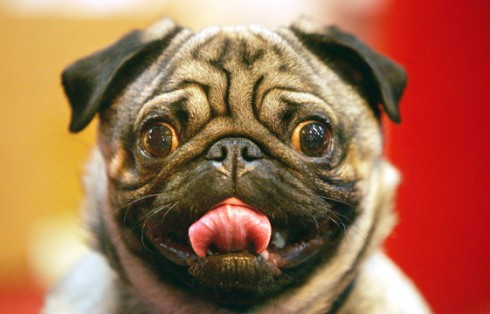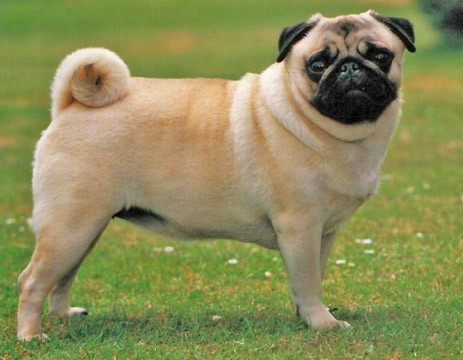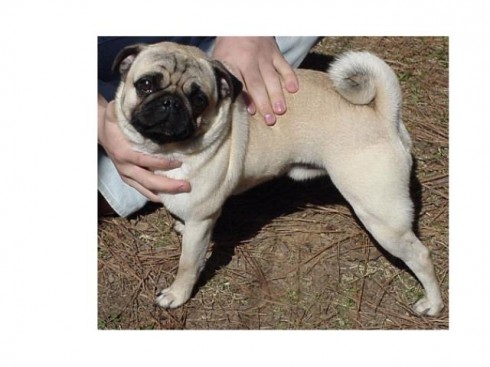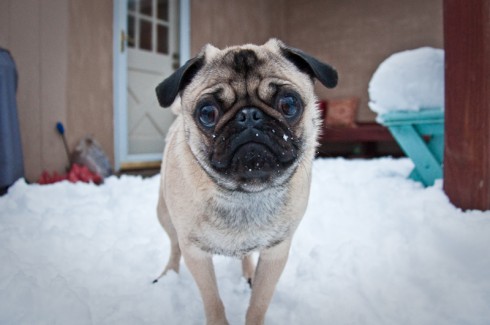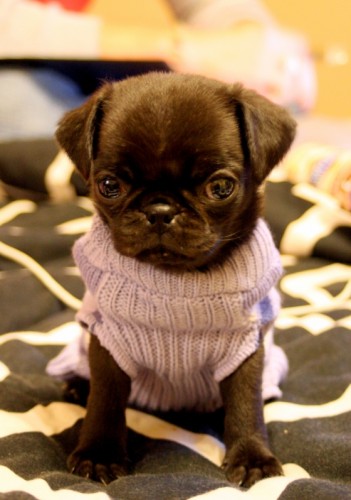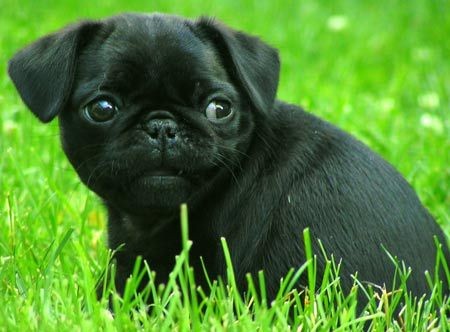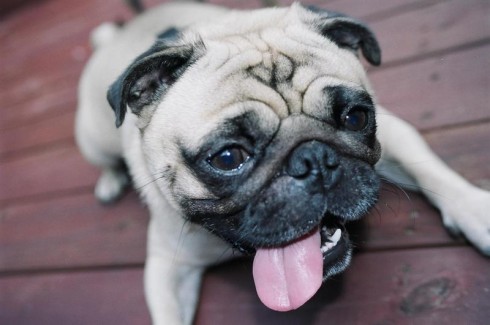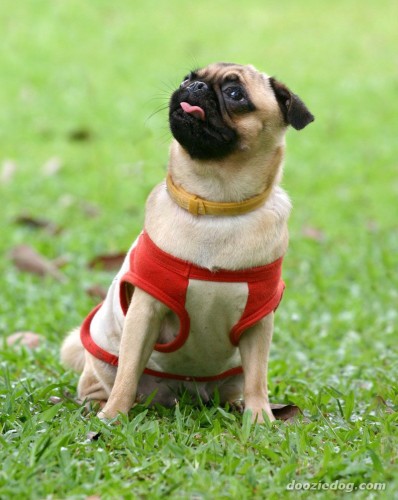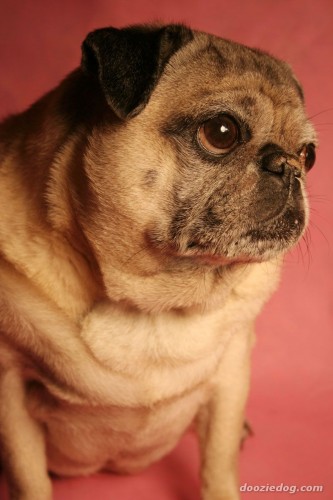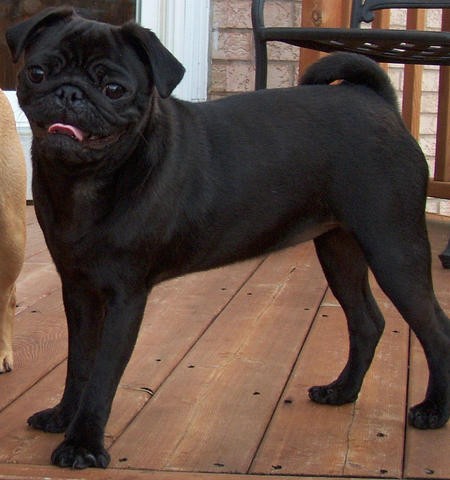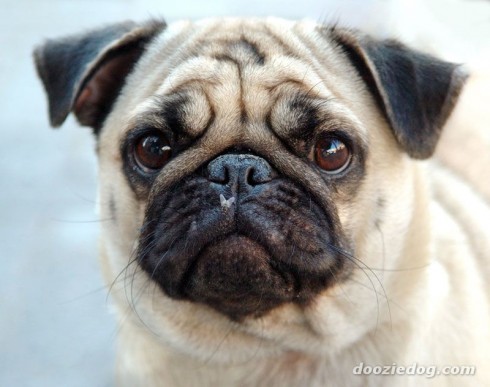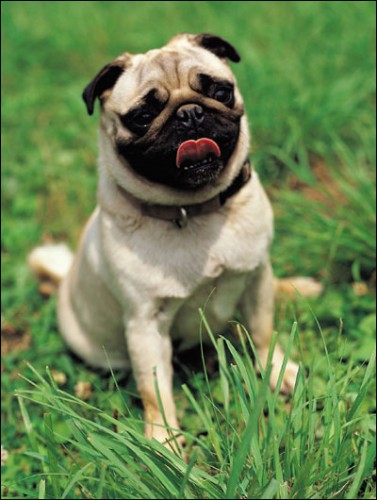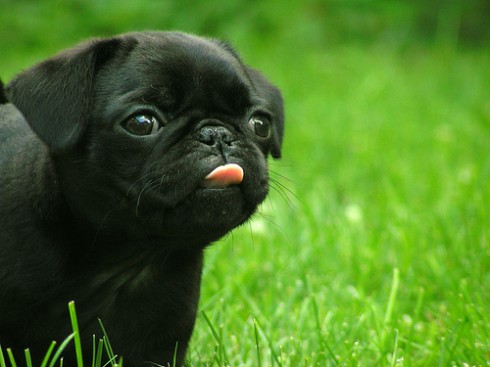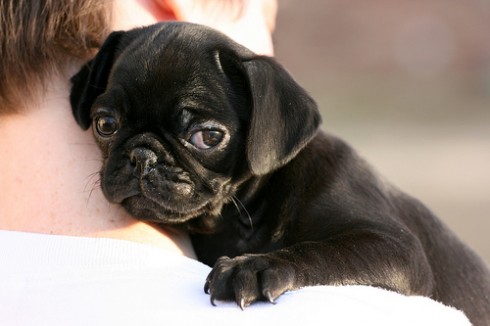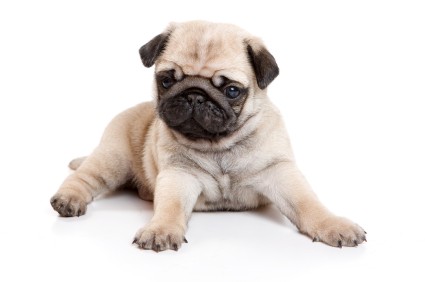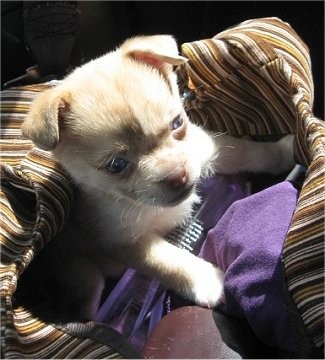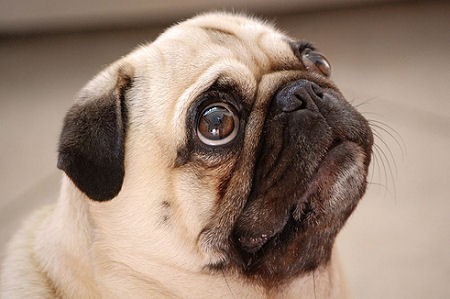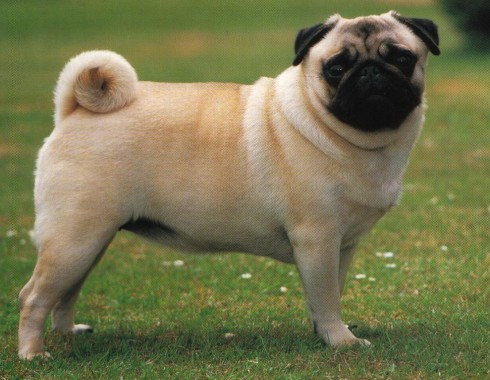Main Index
In Store
Our Web Store
Miniature Schnauzer Picture Gallery
Latest Dog Blogs
- What Are The Basic Commands To Train A Dog?
- PaySafe As The Most Popular Type Of Deposit
- Everything You Need To Know About Pet Sales
- Dogs Contribute To Our Physical And Mental Well Being
- How To Choose Where To Bet On Greyhounds In 2022
- Volunteer With Animals - How To Help Dogs Around The World
- Basic Understanding Of The House Edge
- Why You Should Get A Dog
- Top 20 Popular Dog Names Around The World
- Constipation in Dogs and How to Find Solutions
Pug
When the Pug looks at you and cocks his head, even the hardest heart has to melt. Pugs combine a cocky confidence with a friendly, sensitive nature. They are great with kids and thoroughly relish playtime and exercise.
Did you know?
The Pug, one of the oldest breeds, has flourished true to his breed down through the ages from before 400 BC.
So you want to own a Pug?
The Pug has been referred to as "Multo in Parvo" meaning "a lot of dog in a small space".
The Pug is an even-tempered breed who is playful, outgoing, dignified, and possess great charm.
Indicative Breed Standard
General Appearance
Decidedly square and cobby, it is ‘multum in parvo’ shown in compactness of form, well knit proportions and hardness of muscle.
Characteristics
Great charm, dignity and intelligence.
Temperament
Even-tempered, happy and lively disposition.
Head and Skull
Head large, round, not apple-headed, with no indentation of skull. Muzzle short, blunt, square, not upfaced. Wrinkles clearly defined.
Eyes
Dark, very large, globular in shape, soft and solicitous in expression, very lustrous, and when excited, full of fire.
Ears
Thin, small, soft like black velvet. Two kinds – ‘Rose ear’ – small drop-ear which folds over and back to reveal the burr. ‘Button ear’ – ear flap folding forward, tip lying close to skull to cover opening. Preference given to latter.
Mouth
Slightly undershot. Wry mouth, teeth or tongue showing all highly undesirable. Wide lower jaw with incisors almost in a straight line.
Neck
Slightly arched to resemble a crest, strong, thick with enough length to carry head proudly.
Forequarters
Legs very strong, straight, of moderate length, and well under body. Shoulders well sloped.
Body
Short and cobby, wide in chest and well ribbed. Topline level neither roached nor dipping.
Hindquarters
Legs very strong, of moderate length, with good turn of stifle, well under body, straight and parallel when viewed from rear.
Feet
Neither so long as the foot of the hare, nor so round as that of the cat; well split up toes; the nails black.
Tail
(Twist) High-set, curled as tightly as possible over hip. Double curl highly desirable.
Gait/Movement
Viewed from in front should rise and fall with legs well under shoulder, feet keeping directly to front, not turning in or out. From behind action just as true. Using forelegs strongly putting them well forward with hindlegs moving freely and using stifles well. A slight roll of hindquarters typifies gait.
Coat
Fine, smooth, soft, short and glossy, neither harsh nor woolly.
Colour
Silver, apricot, fawn or black. Each clearly defined, to make contrast complete between colour, trace (black line extending from occiput to twist) and mask. Markings clearly defined. Muzzle or mask, ears, moles on cheeks, thumb mark or diamond on forehead and trace as black as possible.
Size
Ideal weight 6.3-8.1 kgs (14-18 lbs).
About Our Article Directory
- Article
- 27 November 2010
- 2 comments
Canis lupus familiaris
- Breed Article
- 29 May 2010
- No comments
Quick Search
Donate
Latest Dog Pods
- Tips on How to Stop Your Dog from Biting
- Beware - Not All Advertised Dog Rescues Really Are! How Can You Know The Truth?
- Helpful Tips For Dog Obedience Problems
- How to Keep Dogs From Eating Poop
- Dog Grooming Tips - A General Overview of the Very Basics of Dog Grooming
- Recognising Different Types of Dog Obedience Problems
- 5 Important Tips On Feeding A Puppy


